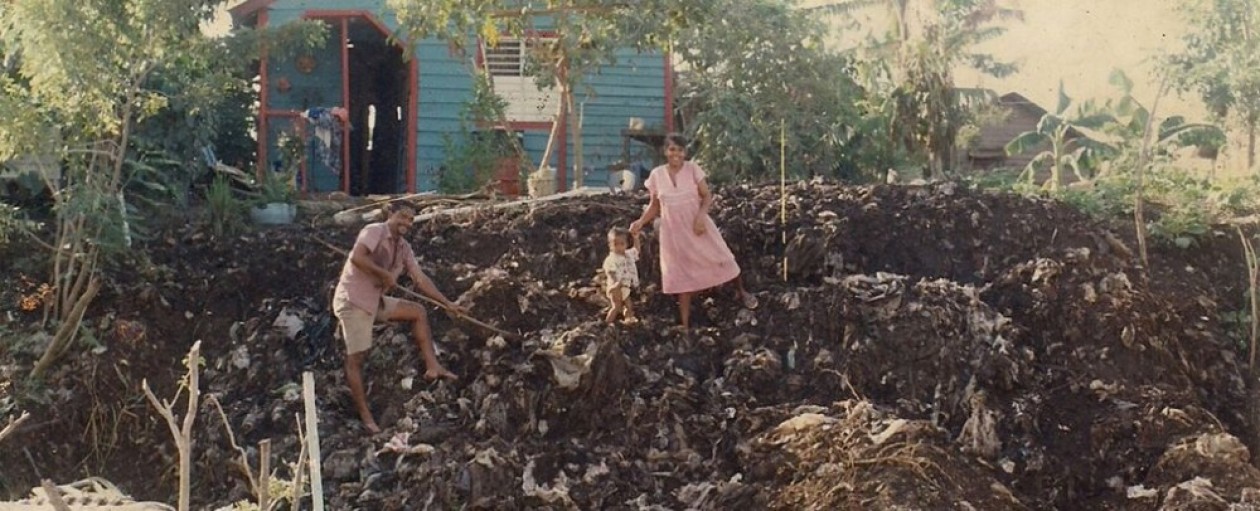The challenges facing Los Platanitos can also be conceptualized through ways that children and youth experience the cañada. Children’s place-making strategies can be used to contradict disempowering representations that define the cañada and its surrounding landscape exclusively in terms of filth, decay, and danger. This is to say that in many ways, children are able to appropriate and reconstruct meanings of place through everyday practices and engagement with the cañada. This can be thought of as a process in which children are transforming their surroundings from a space of “lack” to a canvas of memories, dreams, and defiance.
Emphasizing the power of children’s place making abilities as a way to challenge tropes of decay, filth, and danger, does not negate the very real and difficult material conditions that community members, children included, deal with as they are affected by the cañada. However, children’s place making abilities suggest a way to complicate any singular understanding of the cañada, presenting it as a landscape in flux that can be a site for simultaneously experiencing feelings of horror and happiness, despair and hope.

